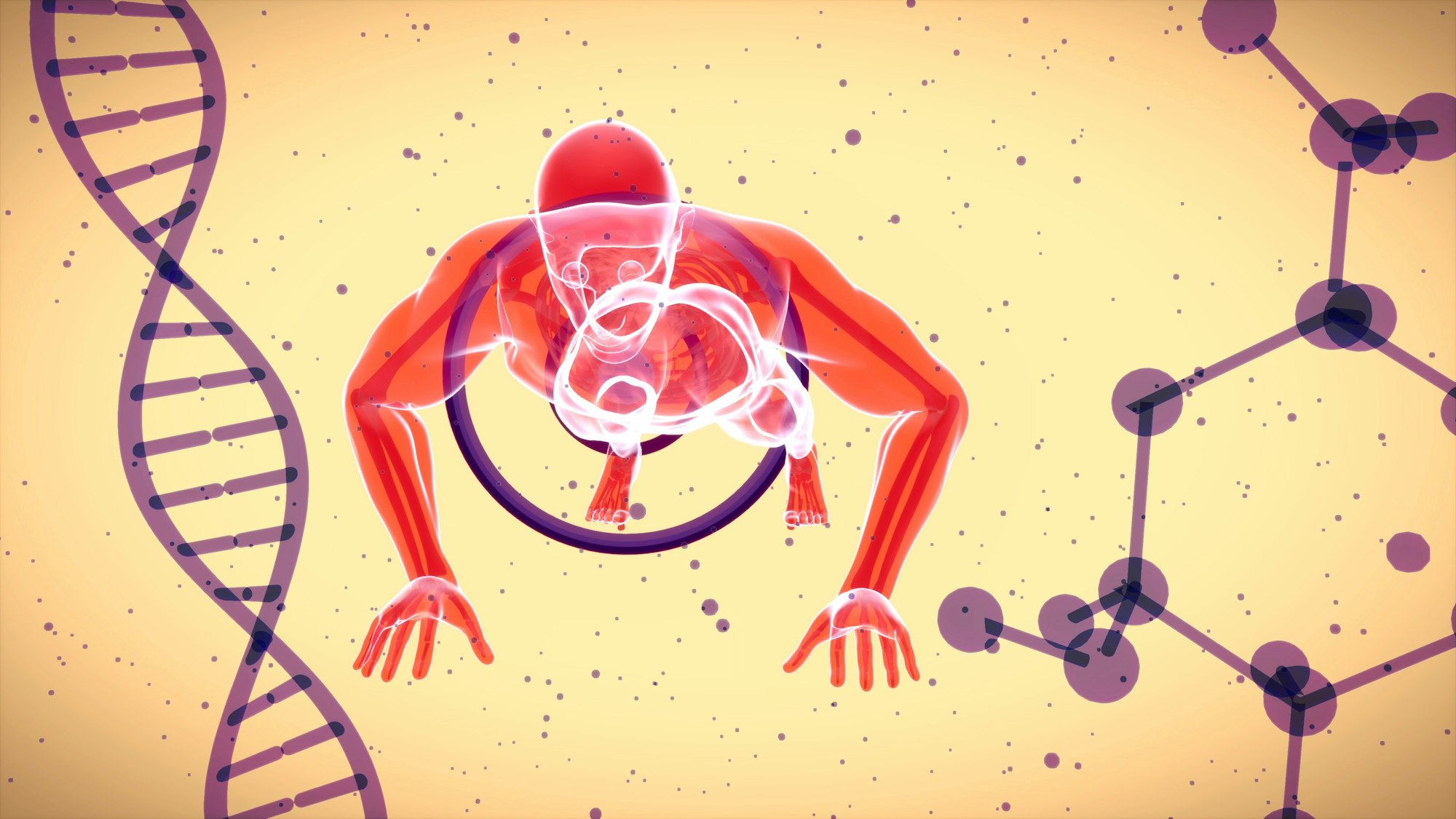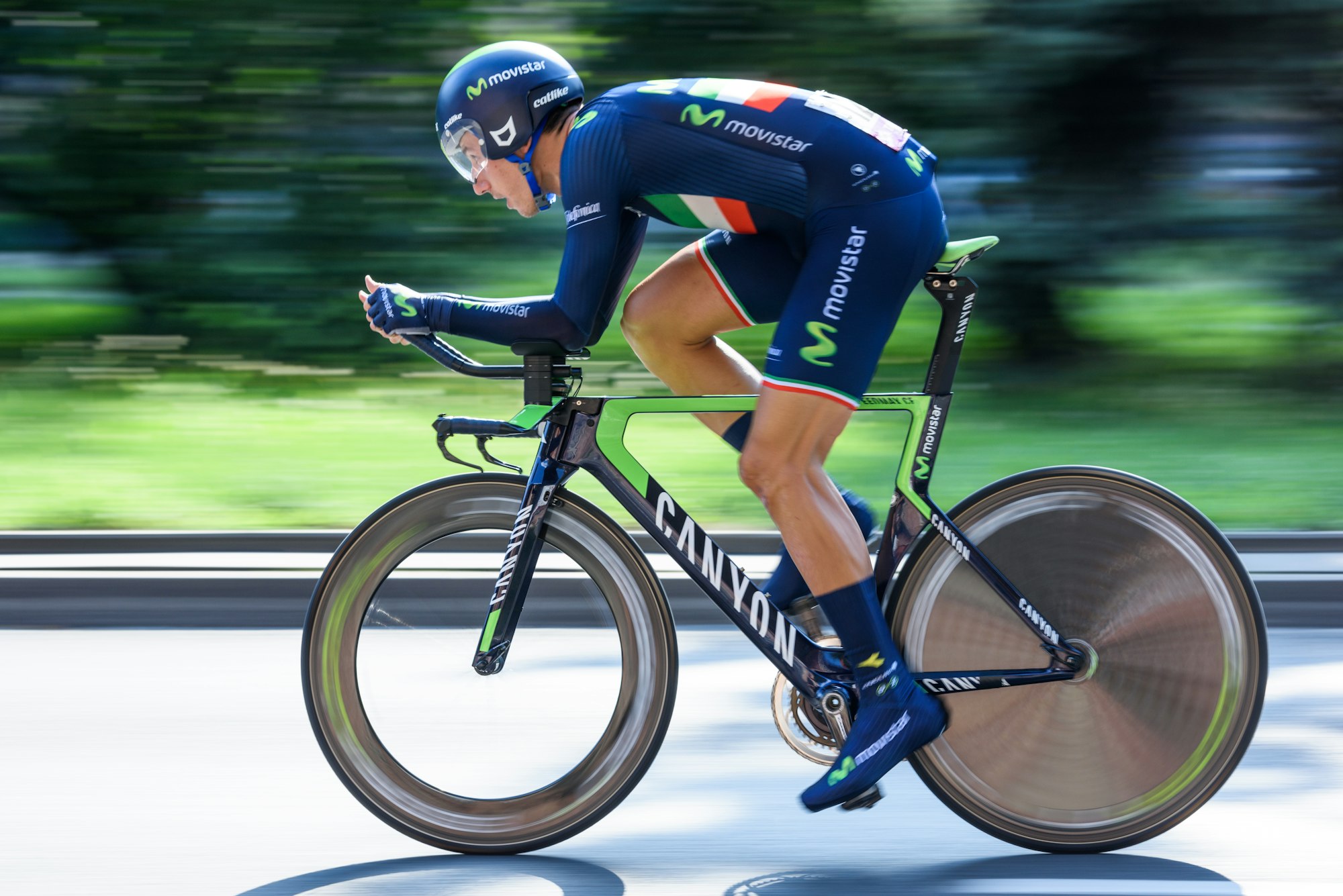Advancements in Physical Development: Combining Experience & Data
A new era of athletic development is marked by a focus on individualized training programs, data-driven decision making, and a shift towards a more holistic approach to athlete development.

Introduction:
Athletic development is a field that has seen significant changes over the past few decades. Advances in sports science, technology, and training methodologies have revolutionized the way athletes prepare and compete. This new era of athletic development is marked by a focus on individualized training programs, data-driven decision making, and a shift towards a more holistic approach to athlete development. In this article, we will explore the key components of this new era and discuss how they are transforming the world of sports.

Individualized Training Programs:
One of the most significant changes in athletic development has been the shift towards individualized training programs. Gone are the days of one-size-fits-all training regimes, where athletes are trained in a generic manner. Today, coaches and trainers work closely with athletes to develop training programs tailored to their unique needs and goals.
Individualized training programs are designed based on a thorough analysis of an athlete's strengths and weaknesses. This analysis takes into account factors such as an athlete's biomechanics, physiology, and psychology. Coaches and trainers use this information to develop training programs that are tailored to the athlete's specific needs.
The benefits of individualized training programs are clear. Athletes are better able to target their weaknesses and make the most of their strengths. They can also avoid injuries by training in a way that is optimal for their body type and biomechanics. Furthermore, individualized training programs can help athletes to reach their full potential by providing them with a clear path to success.

Data-Driven Decision Making:
Another significant change in athletic development has been the shift towards data-driven decision making. In the past, coaches and trainers relied on their intuition and experience to make decisions about athlete development. Today, advances in technology have made it possible to collect vast amounts of data on athletes, which can be used to make informed decisions about their training and performance.
Data can be collected using a range of technologies, including GPS, heart rate monitors, and accelerometers. This data can be used to track an athlete's performance, identify areas for improvement, and make informed decisions about their training.
The benefits of data-driven decision making are significant. Coaches and trainers can make informed decisions about an athlete's training, which can help to optimize their performance. They can also use data to identify potential issues before they become major problems. Furthermore, data-driven decision making can help athletes to track their progress and set realistic goals for the future.
Holistic Approach to Athlete Development:
Finally, the new era of athletic development is marked by a shift towards a more holistic approach to athlete development. In the past, athlete development was primarily focused on physical training. Today, coaches and trainers recognize that athlete development is a multifaceted process that involves more than just physical training.
A holistic approach to athlete development takes into account factors such as an athlete's nutrition, psychology, and social support. Coaches and trainers work with athletes to develop a comprehensive plan that addresses all aspects of their development.
The benefits of a holistic approach to athlete development are clear. Athletes who receive comprehensive support are better able to cope with the demands of training and competition. They are also less likely to experience burnout and injury. Furthermore, a holistic approach to athlete development can help athletes to develop skills that are essential for success both on and off the field.

Conclusion:
In conclusion, the new era of athletic development is characterized by a focus on individualized training programs, data-driven decision making, and a holistic approach to athlete development. These changes have transformed the way athletes prepare and compete. Coaches and trainers now have access to a range of tools and technologies that allow them to develop tailored training programs, make informed decisions, and provide comprehensive support to athletes. As we look to the future, it is clear that these changes will continue to shape the world of sports.
